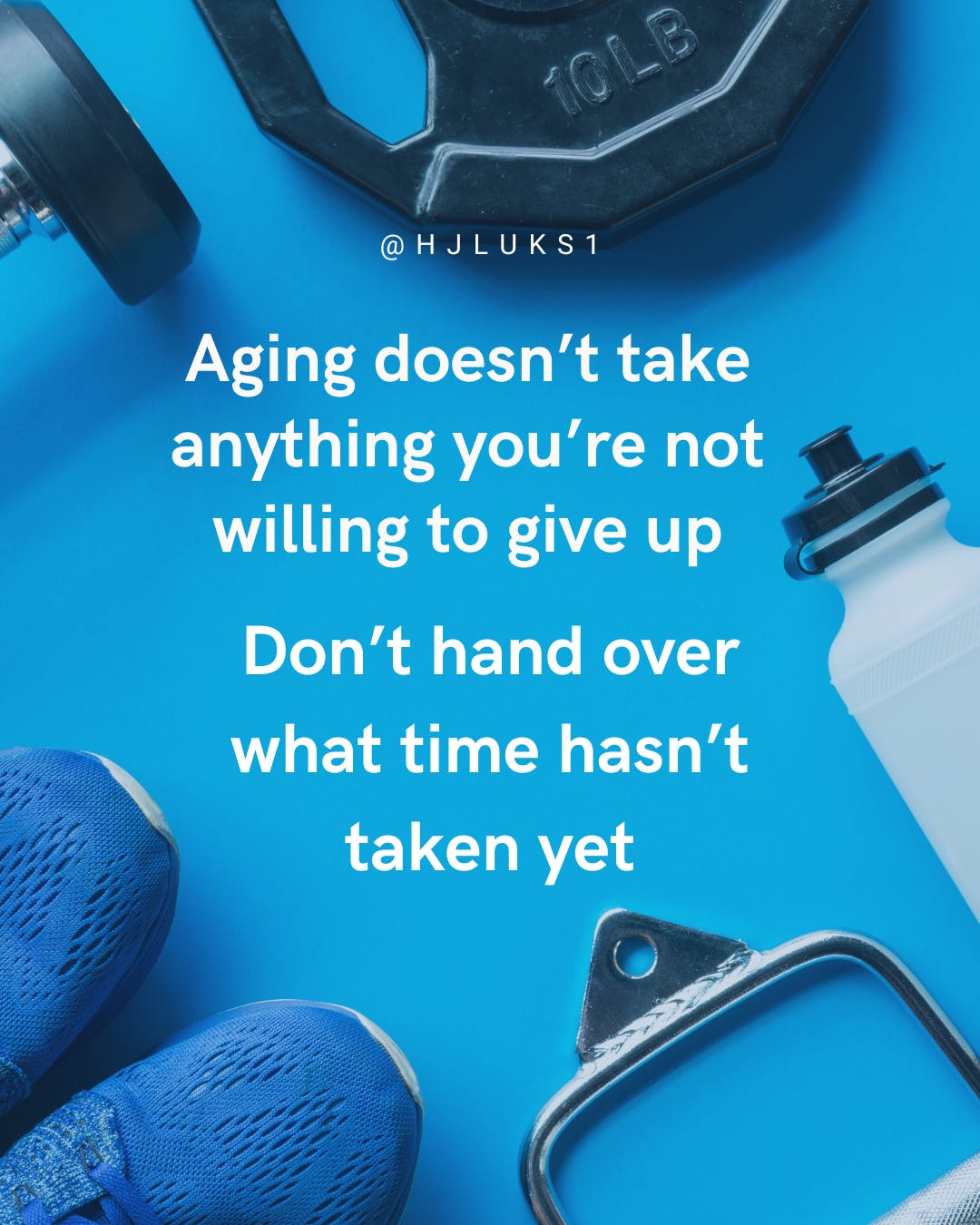We’ve Been Studying the Wrong Control Group
Time to reframe how we look at human health
We’ve framed human health backward.
In medicine and research, we treat activity as the intervention. Something that was added to improve a sedentary baseline. But stillness isn’t the baseline. It’s the deviation. Being sedentary is the intervention. Bear with me here, please.
When we talk about the human condition, it’s very often necessary to consider it from an evolutionary perspective because that is how we were designed and engineered. As we evolved over hundreds of thousands of years, sedentary humans would not have survived long. Then came modernity. A tiny blip in time on an evolutionary time scale.
The active human should be the control group.
Movement isn’t therapy. It’s our operating system. Literally… we were engineered to move. Any deviation from that is an intervention.
How We Got It Backward
For most of human history, movement wasn’t optional; it was necessary for survival. Hunting, gathering, carrying, fighting, climbing, walking. Our bodies were coded for motion, and the act of living was training.
Then came modernity. Comfort replaced necessity. Elevators replaced stairs. Work went from fields and workshops to screens and chairs.
Instead of asking why inactivity makes us sick, we started asking why exercise makes us healthy.
That was the wrong question.
Activity doesn’t add new capabilities — it simply maintains the ones evolution already built in. We changed our coding. Or attempted to… and now our operating system is broken.
The Real Intervention Is Inactivity
If you designed an experiment to remove sunlight, reduce sleep, and restrict nutrition, you’d expect to see a decline.
That’s exactly what we’ve done with movement.
Sedentarism is the true intervention — and its side effects are everywhere:
Metabolic dysfunction: muscle insulin sensitivity fades, glucose and lipids rise.
Cardiovascular decline: cardiac capacity, vascular elasticity, and nitric oxide production diminish.
Musculoskeletal degeneration: bone and tendon remodeling are slowed.
Neural cost: neurodegenerative disease (Parkinson’s) incidence rises, cognitive performance and mood suffer as neurochemistry drifts toward anxiety and depression.
They’re diseases of disuse.
The Physiology of Normal
Movement doesn’t “boost” metabolism — it restores normal metabolic function.
It doesn’t “build bone” — it maintains the skeletal integrity that depends on load.
It doesn’t “improve” heart health — it keeps the heart working the way it evolved to: moving blood through low-resistance, high-flow pathways.
Stillness is the disruption.
Movement was our baseline… and now movement is needed for the repair. But it shouldn’t be viewed as an intervention… it should be viewed as a return to our baseline.
Otherwise, our operating system would require tens of thousands of years to match the intervention.
Reframing the Baseline
If we treated active humans as the control group — the physiological baseline — the whole model of healthcare could shift.
We’d stop marveling at how much exercise helps, and start recognizing how much stillness harms.
We’d stop prescribing movement only after a disease appears, and start embedding it into the architecture of daily life.
Engineering Movement Back Into Our Landscape
We don’t need more gyms — we need more opportunities to move.
We can design cities, homes, and workplaces that invite movement rather than discourage it.
Stairs that are visible, wide, and beautiful — not hidden behind emergency doors.
Bike lanes and walking paths make active transport the most logical, pleasant option.
Public spaces with benches you have to walk to, green areas you want to cross, and communities that reward being outdoors.
Offices that prioritize standing meetings, walking breaks, and natural light.
Neighborhoods where errands can be done on foot.
Please reinstate the fitness test and meaningful gym classes for our children.
We need to engineer friction back into a frictionless world.
If we make movement accessible, social, and natural again, people will move. Not because they’re told to, but because the environment reminds their bodies what “normal” feels like.
Last year, I spent a few weeks in Greece. I stayed at a 5-story boutique hotel. There was a beautiful central stairway just inside the door. The elevators were hidden in the back of the hotel. I watched this experiment often throughout the day. Families, the elderly… almost everyone used the stairs. Even some with luggage.
We can easily start reengineering our buildings and our landscape. We can commit to real bike lanes and so much more.
Being active isn’t the intervention.
Being sedentary is.
And until we re-engineer our world — and our assumptions — around that fact, we’ll keep treating the symptoms of a problem we built ourselves.





As a farmer I wholeheartedly agree. There are many barriers in modern urban and suburban life to lifestyles that require movement. When I went to university I was shocked by the restrictions. I literally couldn’t stand it so when I was in Orlando at a college job, I saved every penny of my little salary to go to the only outdoor place to exercise, and in Gainesville I moved out of the dorm and took an internship at a horse farm. Active people can actually feel muscle pain from the atrophy process when forced to suddenly become sedentary.
Excellent advice. At 82 y/o I love walking and going to the gym 3 days a week